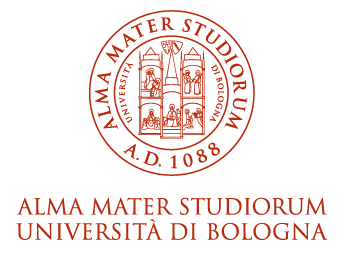
University of Bologna
Green Education Ranking
#124
About University of Bologna
The University of Bologna (Italian: Alma Mater Studiorum – Università di Bologna, abbreviated Unibo) is a public research university in Bologna, Italy. Founded in 1088 by an organised guild of students (studiorum), it is the oldest university in continuous operation in the world, and the first degree-awarding institution of higher learning. At its foundation, the word universitas was first coined. The university's emblem carries the motto, Alma Mater Studiorum ("Nourishing mother of studies"), the date A.D. 1088.With over 90,000 students, the University of Bologna is one of the largest universities in Europe. The university saw the first woman to earn a university degree and teach at a university, Bettisia Gozzadini, and the first woman to earn both a doctorate in science and a salaried position as a university professor, Laura Bassi. The University of Bologna has had a central role in the sciences during the medieval age and the Italian renaissance, where it housed and educated Nicholas Copernicus as well as numerous other renaissance mathematicians. It has educated a wide range of notable alumni, amongst them a large number of Italian scientists, prime ministers, supreme court judges, and priests. The University of Bologna has campuses in Cesena, Forlì, Ravenna and Rimini as well as branch centres abroad in Buenos Aires, New York, Brussels, and Shanghai. It houses the fully funded boarding college Collegio Superiore di Bologna, the Bologna School of Advanced Studies, the botanical gardens of Bologna, a large number of museums, libraries and archeological collections, as well as the Bologna University Press.
About World Green University Ranking
World
Green University Ranking 2024 is a
scholarly acknowledgment of educational
institutions standing at the forefront of
Education for Sustainable Development (ESD) and
leading the Green Education Transformation
(Education 6.0).
World Green University Ranking classifies
universities based on the six pillars of the
Holistic Green Education Framework, including
leadership governance, curriculum, innovation,
facilities, human capital, and community
partnerships.
The methodology employed in our Green Education Ranking is designed relying on the six pillars of the Holistic Green Education Framework. Each pillar contributes to the institution’s overall score, with a carefully assigned weight reflecting its significance in fostering sustainability. The total weight of the six pillars collectively amounts to 100%, signifying a balanced evaluation across critical dimensions of Green Education. Within each pillar, various standards are carefully assessed, with weights ranging between 1 and 2, emphasizing the varying importance of each criterion. This nuanced approach ensures a holistic evaluation and offers an insightful measure of universities commitment to Green Education Transformation (Education 6.0).
| # | Six Pillars of Green Education Framework (6Gs). | Weight |
|---|---|---|
| 1 | Green Educational Leadership | 14% |
| 2 | Green Curriculum | 17% |
| 3 | Green Innovation and Research | 19% |
| 4 | Green Facilities | 15% |
| 5 | Green Human Capital | 19% |
| 6 | Green Communities | 16% |
| Total | 100% |

